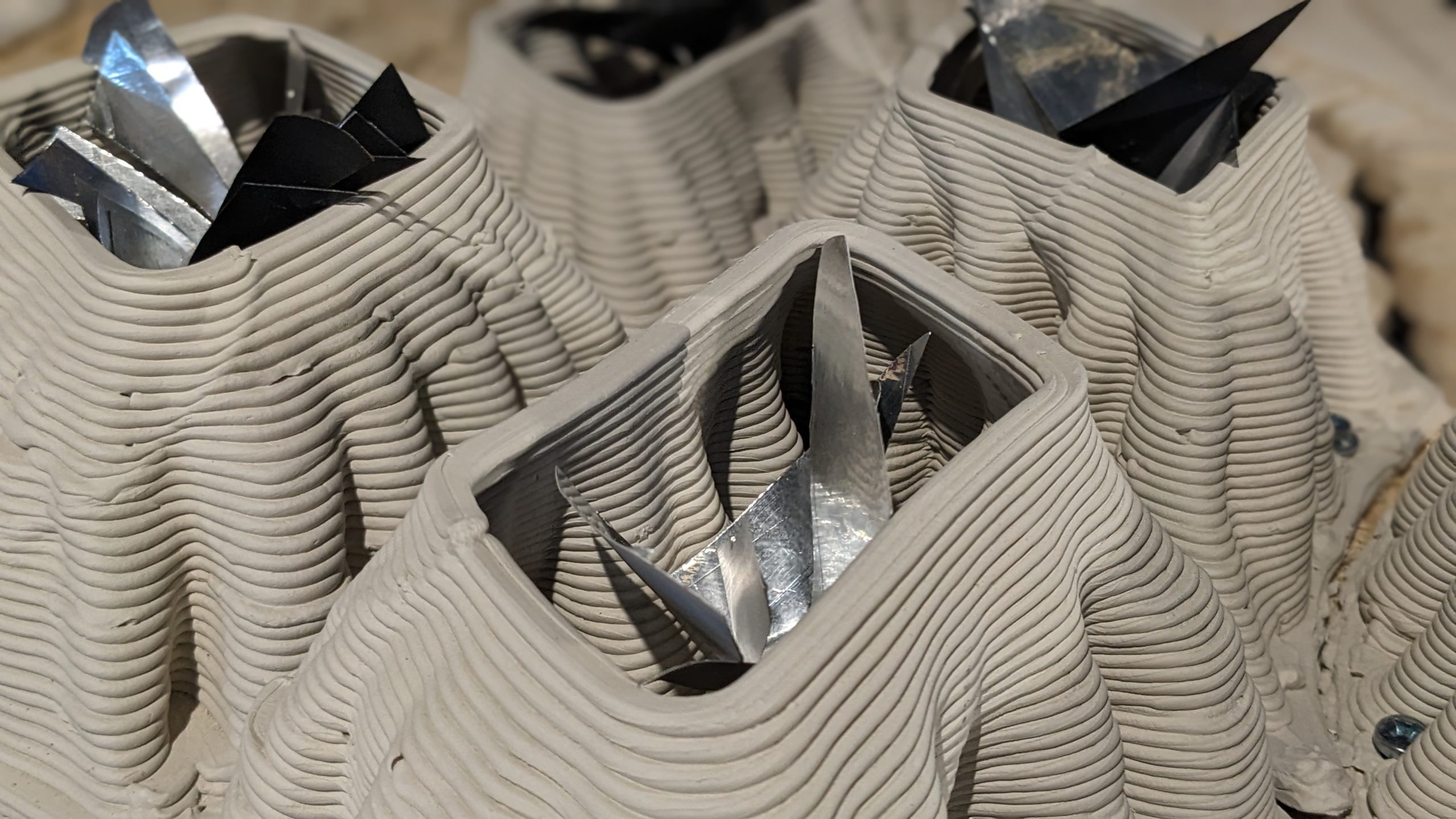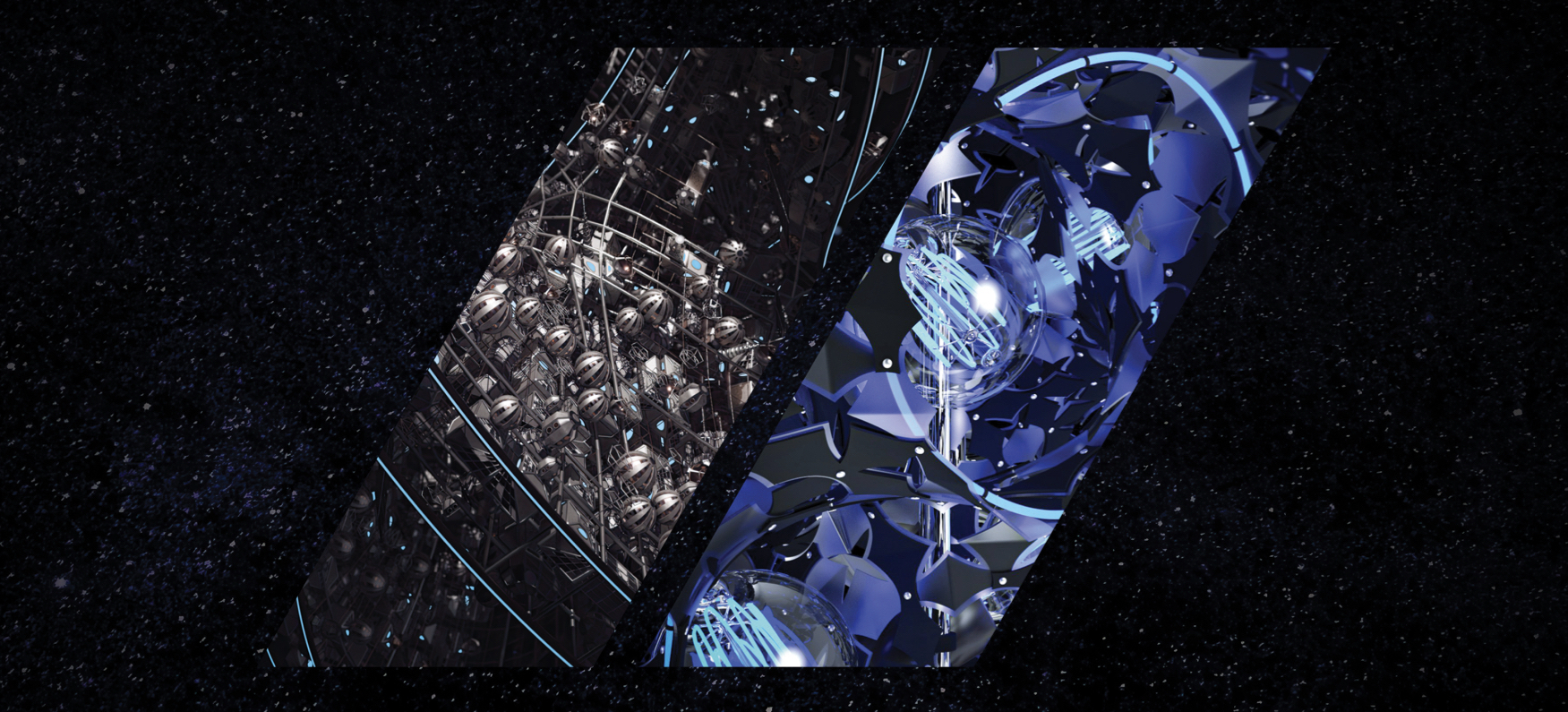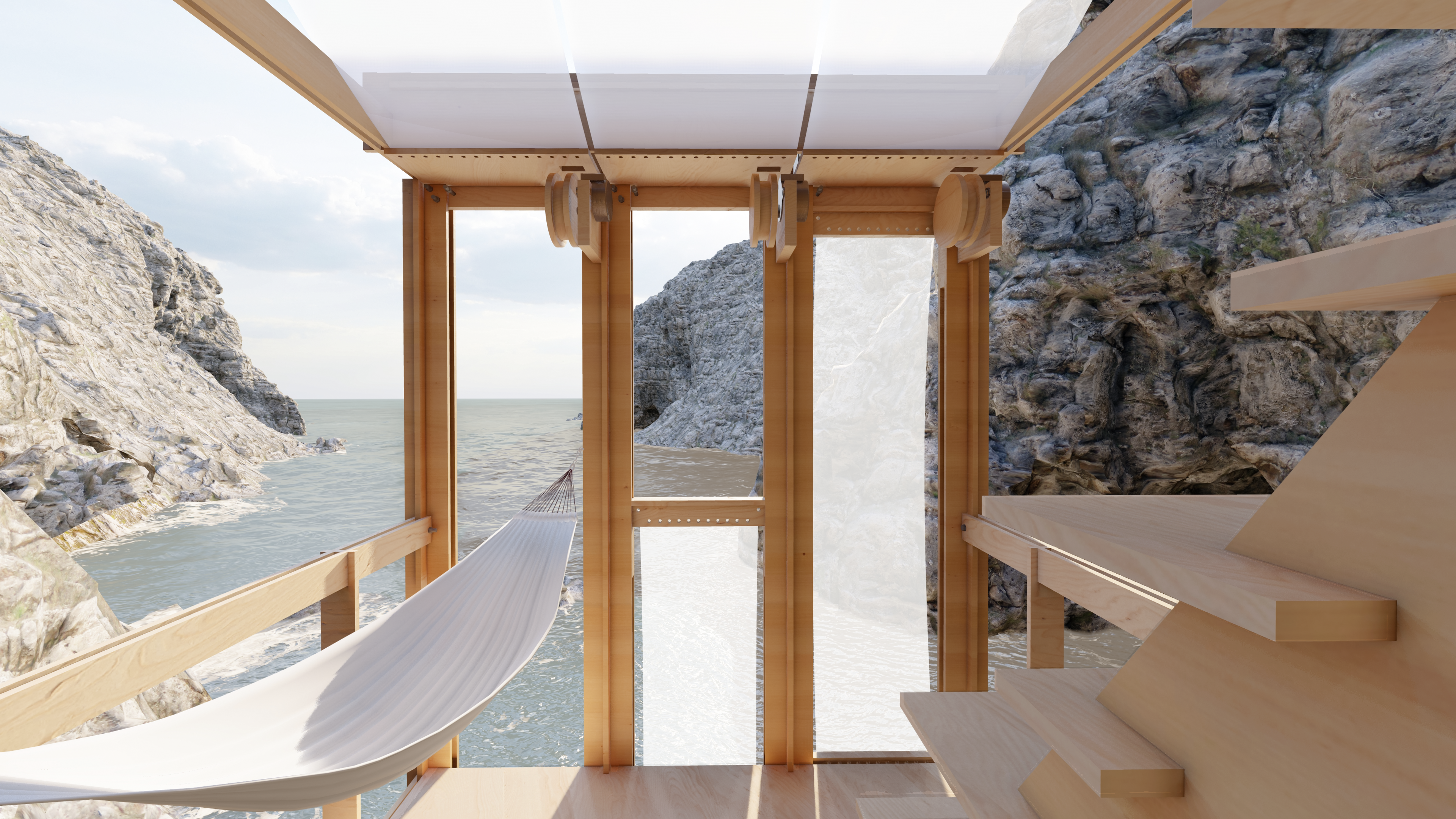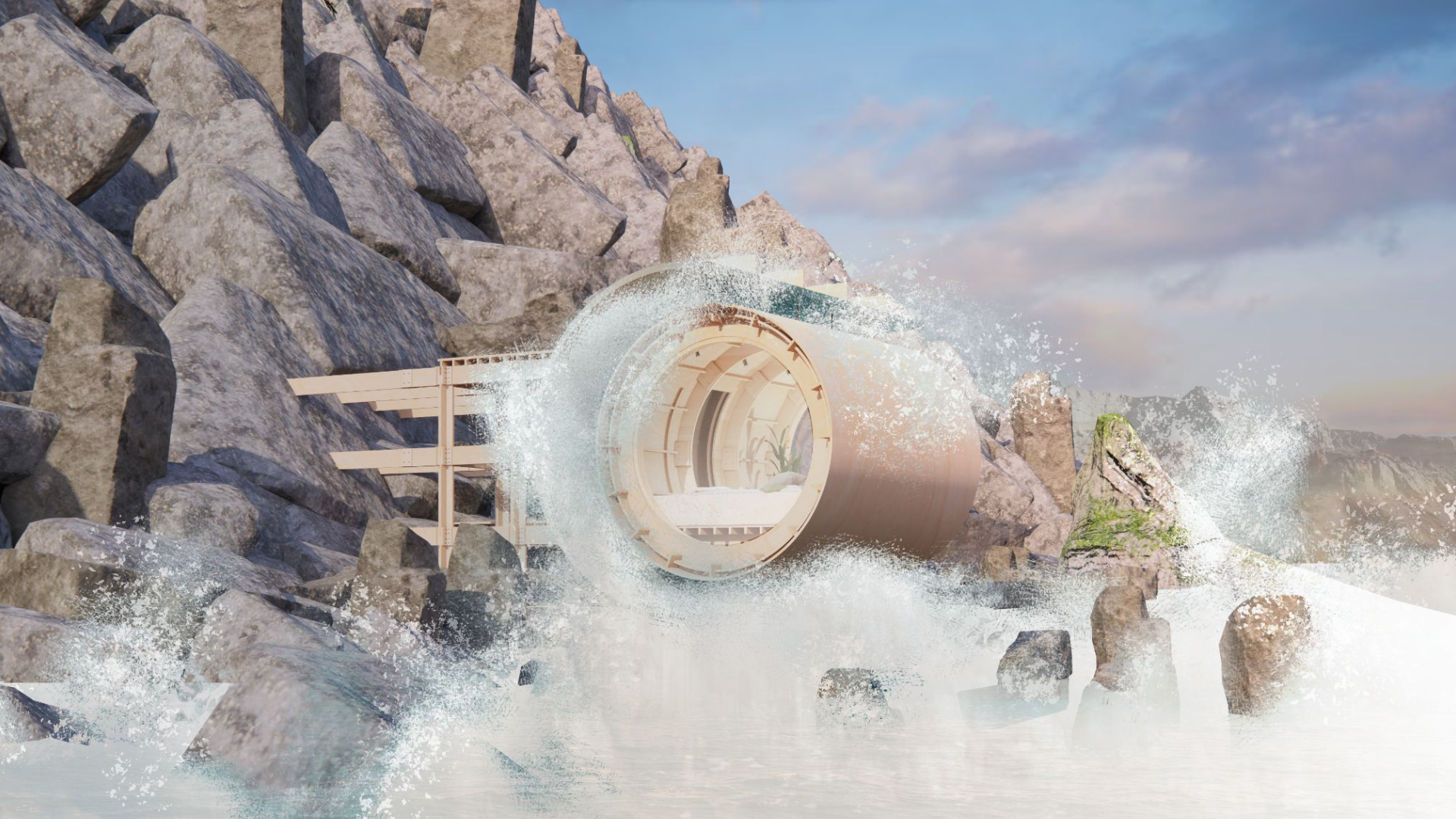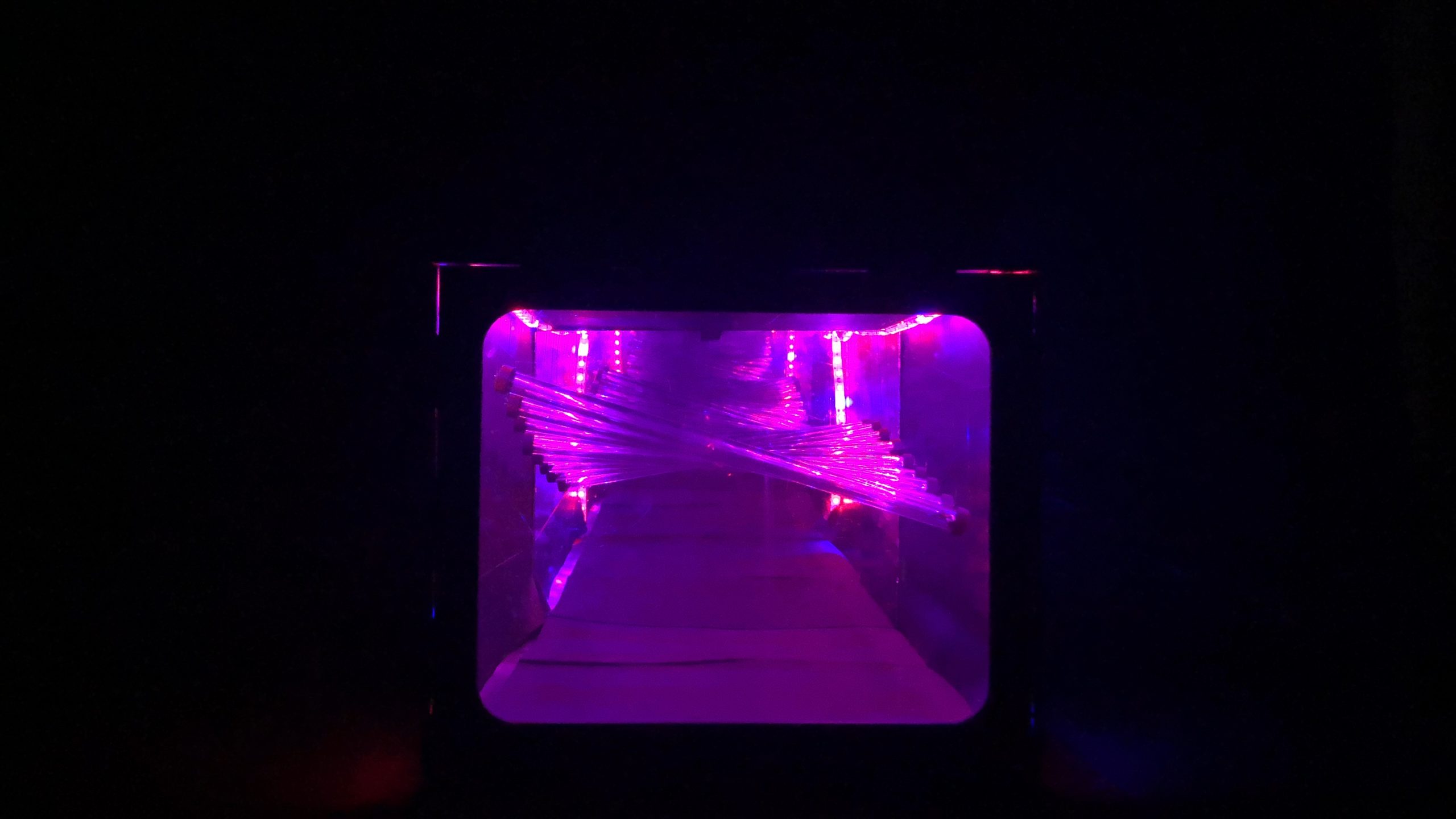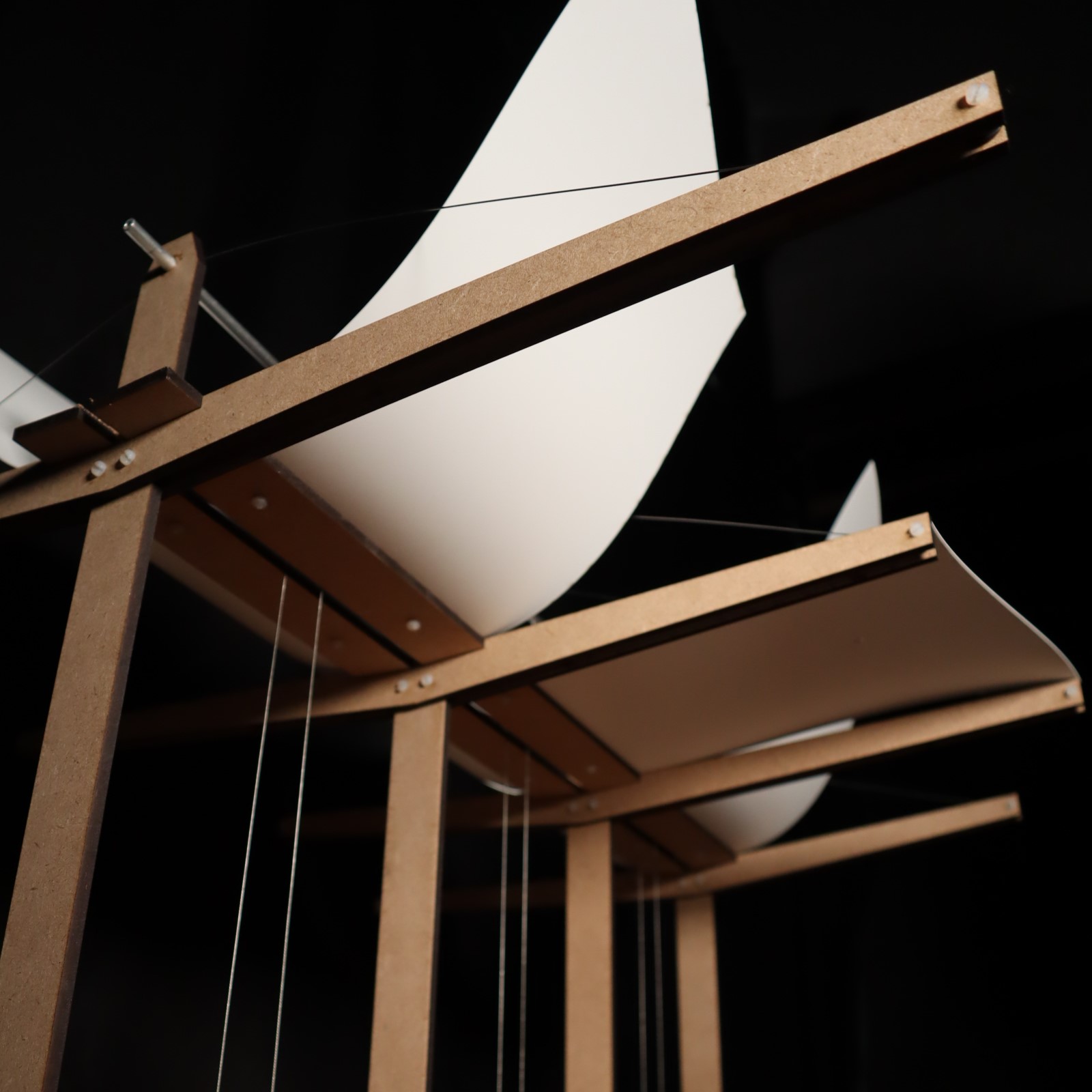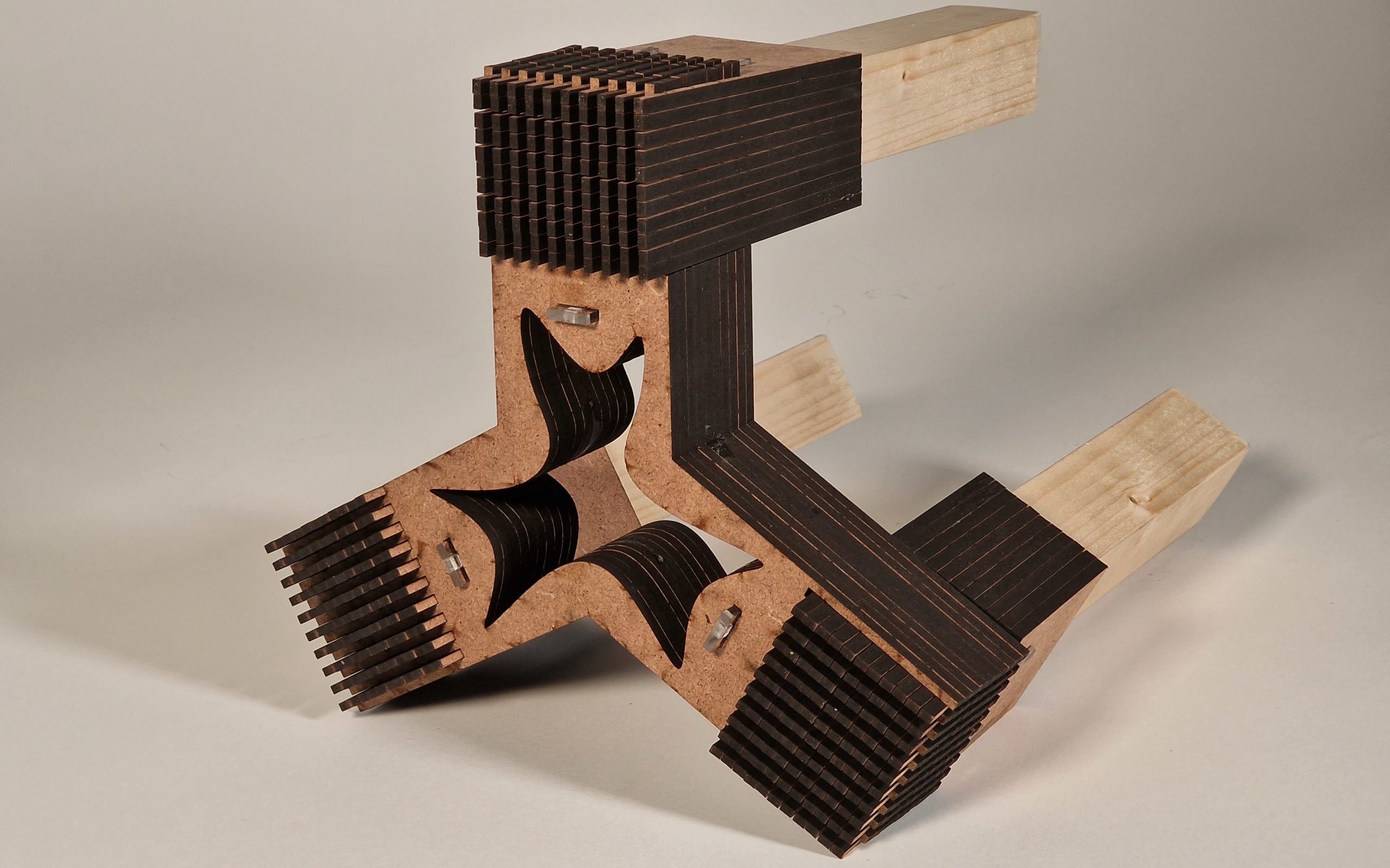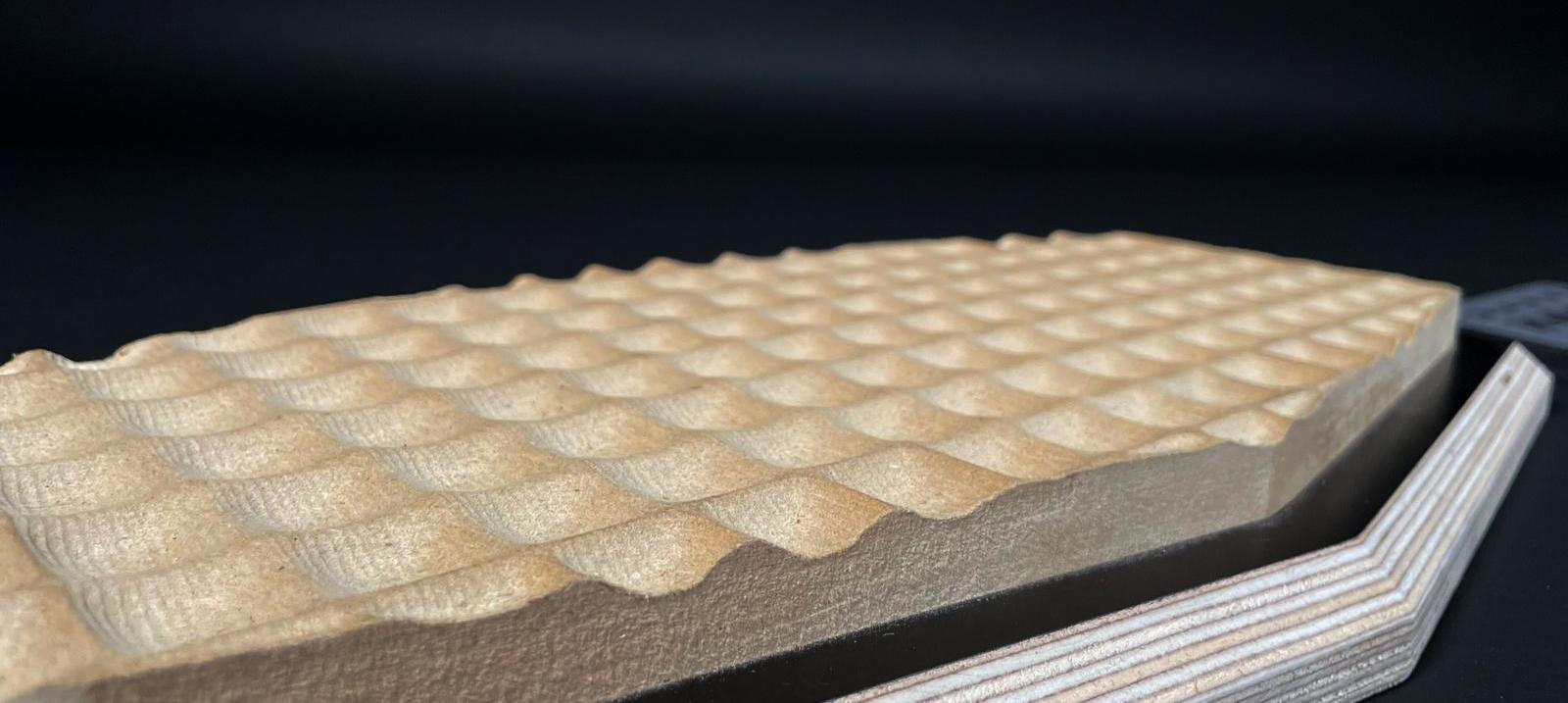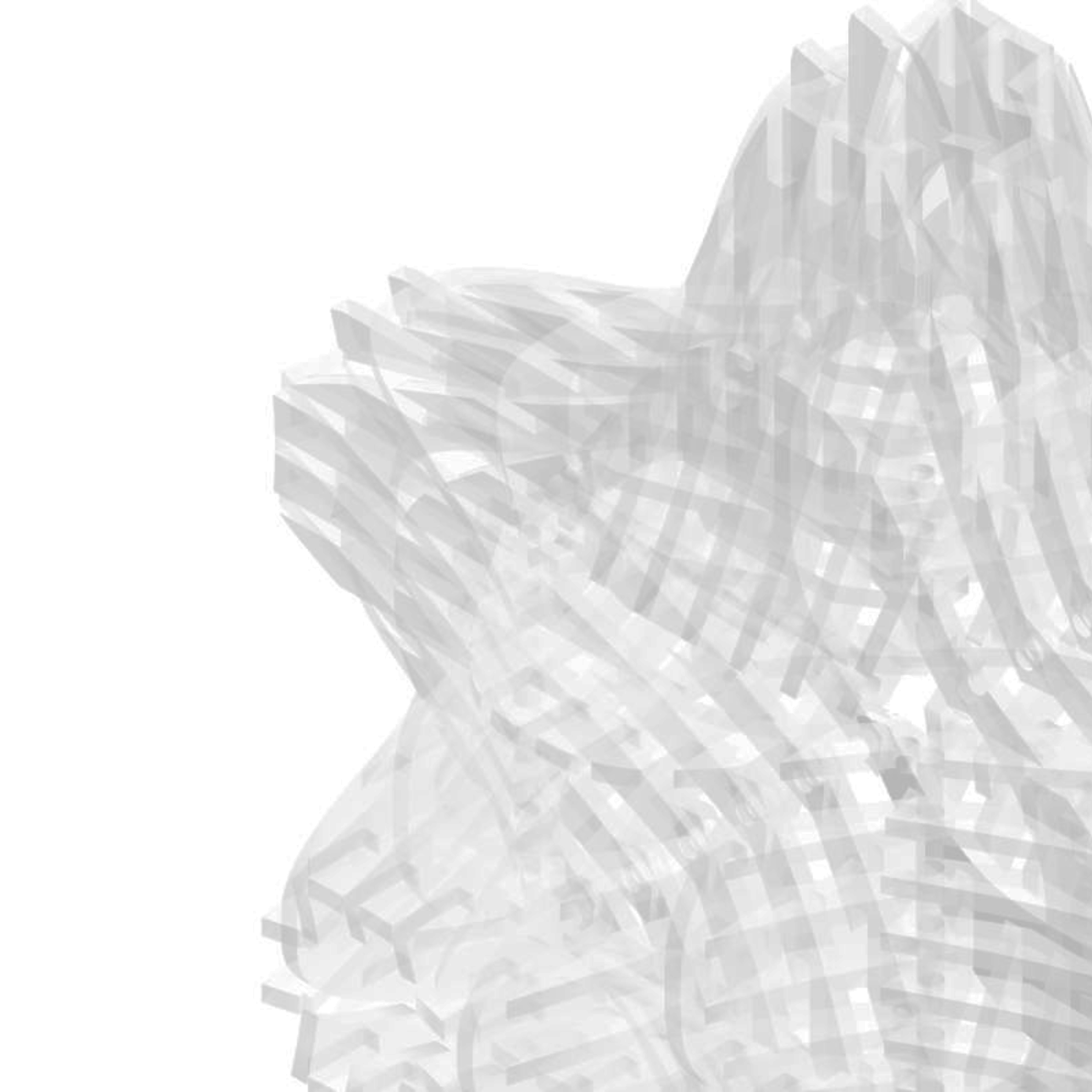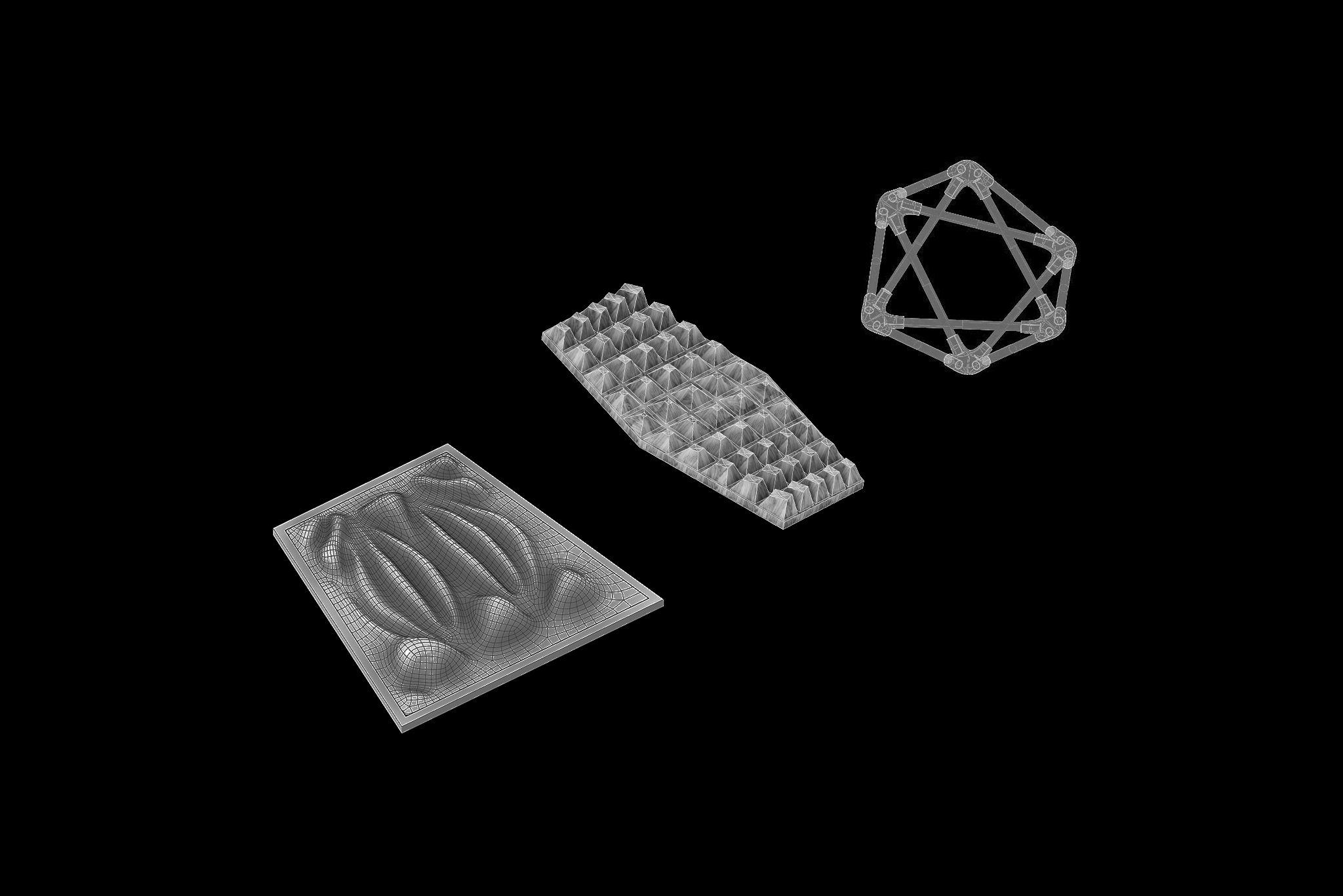The MAA is a visionary master program with an innovative and open structure, mixing diverse disciplines, shaping professionals capable of producing theoretical & practical solutions towards responsive cities, architecture & technology.
Procedural Morphologies
Leveraging the Wave Function Collapse Algorithm for Application on Layered Quadrilateral Meshes Abstract Procedural Morphologies is a novel computational design workflow in the field of discrete design. It leverages the Wave Function Collapse Algorithm for application on any quadrilateral mesh. Thus a coherent three-dimensional aggregation solution can be generated for any quad mesh using a … Read more
EVA
Statement In extreme summer heat, our bodies work overtime to regulate how we feel. It takes massive amounts of energy to maintain a normal and consistent body temperature. All this energy use can cause us to feel tired and sluggish.It makes it important to have a COOLING system in high temperatures. What is a possible … Read more
Waves Genetic Optimization
The architectural project aims to create a captivating and engaging experience for visitors, allowing them to explore thefascinating generation and interaction of waves. Inspired by the dynamic energy and graceful movement of water, the designfocuses on crafting a space that immerses visitors in the midst of a wave, offering them a truly unforgettable encounter. The … Read more
Reviving the Derelict
Concept The project aims to translate movement/motion of people from the streets into kinetic/ light and sound installation on the building’s facade using metal pipes/ wind chimes. The main input into the project would be from ultrasonic sensors placed on the exterior wall in between the building’s boundary and the public. The input from these … Read more
Motion Rhythm
Concept Motion Rhythm is an immersive installation that creates kinetic and sound patterns through the movement of people. It intends to capture the motion of walking and represent it at eye level, creating a connection between the body and its surrounding environment. It consists of a kinetic ceiling made of transparent bars with metal balls … Read more
UNFURL
Adaptive shading system Concept The project aims to create a shading installation that reacts to the pressure under it. The movement in the shade occurs when a person or a vehicle is under a module of the shade, triggering the opening of only that module. Location For the site for the installation we chose the … Read more
Digital Fabrication – Testing & Prototyping
During the 3-week course of the Digital Fabrication course, we tested and investigated the opportunities and limitations that the latest fabrication methodologies provide in terms of design and fabrication. In this regard, we tested different materials and machines using CNC Milling, Laser Cutting and 3D Printing strategies. CNC Milling For the CNC Milling testing and … Read more
Introduction to Digital Fabrication
The introductory Digital Fabrication course proposed a three-week program of how to use three manufacturing methods- 3D printing, laser cutting, and CNC milling in order to understand the correlation between computer data and machine based fabrications. The intensive course dealt with research and study of each of the 3 techniques and led to detailed explorations … Read more
Slicing, Smoothing and Precision
Over the past three weeks, we took the Digital Fabrication introductory course through which we developed a foundational understanding of production techniques such as 3D printing, CNC milling, and laser cutting. In each section, we explored the capabilities and limitations of the manufacturing processes through test prototypes before finalizing the geometries. 3D PRINT_Angle Slicing In … Read more
Digital ways of Fabrication
Abstract The introductory course on Digital Fabrication proposes exploring new production techniques through the relationship between computer data and machine-oriented fabrication. The final purpose was to acclimatize with the three most common digital fabrication processes: CNC milling, Laser Cutting, and 3D Printing.Our personal exploration of these techniques is here disclosed with these three models, which … Read more
Fabricating with Parameters
During the Introduction to Digital Fabrication course, we aimed to understand the methods of programming 3D Printing, CNC Milling and Laser Cutting machines. To learn the fundamentals of digital fabrication process, we had a certain amount of time for each method. Within the scope of the task, we wanted to get a grip on the … Read more
INTRODUCTION TO DIGITAL FABRICATION | GROUP 3
In the Introduction to Digital Fabrication we were required to explore and investigate 3 different manufacturing processes which consisted of using a Laser Cutter, a 3D Printer and a CNC Milling machine. In the laser cutting exercise we looked at how to form a 3D spatial joint from 2D laser cut pieces. Essentially figuring out … Read more
Exploration to digital fabrication
ABSTRACT The digital fabrication studio introduced us to new techniques and ideas through relation between computer data and machine-oriented fabrication. AIM The aim of this course was to explore the design opportunities arising from three common digital fabrication process: 3D printing, CNC machine and Laser cutting. Each of us have designed their own idea and … Read more
Paradigm Shift
As an introduction to digital fabrication, a 3-weeks course was planned on new production techniques through the relation between computer data and machine-oriented fabrication. The aim of the course was to explore the design opportunities arising from three common digital fabrication processes: Laser Cutting, CNC milling and 3D Printing. We had to explore each technology … Read more

